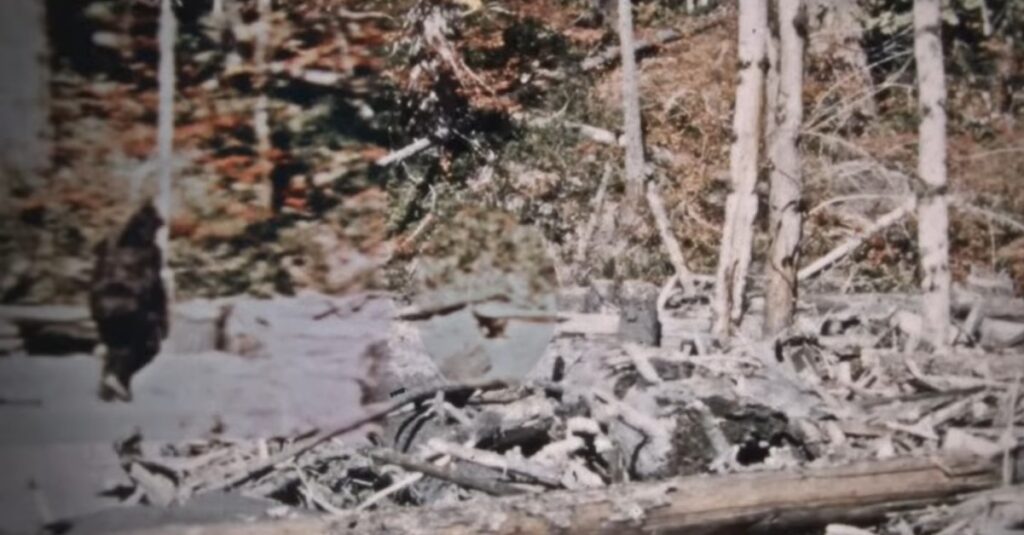Bigfoot

Published archaeologist here. All over the world, from Siberia to Australia, the Himalayas to Ohio, mankind has told stories of tall, bipedal apes that live in the forests. The First Nations of the Pacific Northwest call them the Sasquatch, the Nepalese call them Yeti, but today most people refer to them as Bigfoot. There was an entire line of humanoids called the robust Australopithecines that evolved right alongside us. They were about nine feet fall, extremely muscular, hairy, omnivorous, and importantly lacked the big brain that we got. Because they mostly fed on things like roots, they were mostly arboreal upright apes that had insane jaw muscles which required an anchor point on their skull called the sagittal crest. This is what separates our branch of the human family from theirs. While we lack the crest and have comparatively weak jaw muscles, we gained the power of speech and abstract thought while our robust cousins got by on brute force alone. Many sightings of Bigfoot often report a domed head, hinting towards the identity of the beast.
Their fossils are exceedingly rare. As a matter of fact, all human fossils are rare, especially the really old ones. Nevertheless, the youngest robust Australopithecine fossil is dated to roughly 100,000 years ago. It is entirely possible that they survived long after that. As previously stated, the fossilization process is extremely difficult, and some species pass into the dark without ever leaving a fossilized trace of their existence. If the last ones died out sometime around 11,000 years ago, which marked the younger dryas extinction event, they would have been around during the peopling of the world, solidifying their place in many cultures mythology.